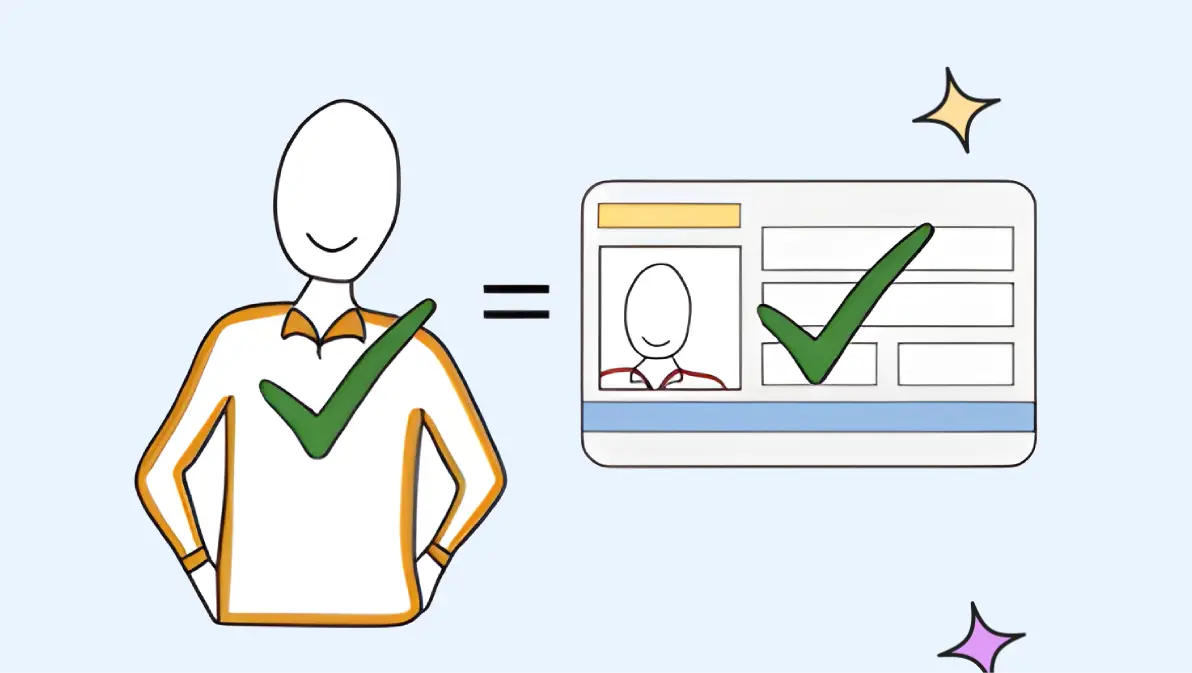Mayer's Principles of Multimedia Learning
Mayer's Principles of Multimedia Learning providing a research-based blueprint for designing instructional content that the brain can actually process and retain.

Why Multimedia Fails, and How to Make It Work
Multimedia learning surrounds us, interactive courses, video tutorials, infographic-packed presentations. Yet, many of these efforts fall flat. Why? Because more visuals and more words don't automatically mean better learning. That's where Mayer's Principles of Multimedia Learning come in, providing a research-based blueprint for designing instructional content that the brain can actually process and retain.
That's exactly what psychologist Richard Mayer uncovered through years of experimental research. His Principles of Multimedia Learning provide a science-backed blueprint for using words and images effectively, enhancing comprehension, reducing overload, and improving long-term retention.
Whether you're creating eLearning modules, instructor-led slides, or digital training simulations, Mayer's model helps ensure your content isn't just seen, it's learned. That's the goal of Mayer's Principles of Multimedia Learning—to create instructional content that matches how the brain actually learns.
Cognitive Foundations: How the Brain Handles Multimedia
Before diving into the principles, it's important to understand the theory behind them, Mayer's Cognitive Theory of Multimedia Learning, which rests on three well-documented assumptions:
- Dual-Channel Processing:
People learn through separate channels for visual/pictorial and auditory/verbal input. - Limited Capacity:
Each channel has a finite ability to process information at one time. - Active Processing:
Learning occurs when learners engage in selecting relevant information, organizing it into mental models, and integrating it with existing knowledge.
If instruction overloads either channel, or fails to support this internal processing, learning suffers, even when the material looks polished.
The Principles
Mayer identified over a dozen principles, but twelve have become core guidelines used by instructional designers worldwide. Below are each of these principles, not as a checklist, but as part of an integrated design mindset, with examples that reveal their real-world application.
1. Multimedia Principle
Combine words and pictures, not just words.
When learners receive both verbal and visual information (e.g., narrated animations, labeled diagrams), they're more likely to build meaningful connections.
Application Example: In a healthcare compliance module, showing a diagram of PPE equipment with labels as the instructor narrates how to wear it reinforces correct procedures far more effectively than text alone.
2. Coherence Principle
Remove extraneous content.
Background music, decorative images, and unrelated stories can all overload working memory. The brain filters these distractions poorly, and learners pay the price.
Application Example: In a course on ethical decision-making, removing stock photos and background sound helped learners focus on analyzing case studies instead of being visually or emotionally sidetracked.
3. Signaling Principle
Use cues to highlight key material.
Visual indicators like arrows, outlines, or even emphasized narration direct attention to important elements.
Application Example: While introducing a complex process flow in an engineering simulation, subtle animated highlights and verbal cues (“Notice how pressure increases here…”) guide learners toward the right focal points at the right time.
4. Spatial Contiguity Principle
Place related words and images close together.
When learners must look back and forth across a screen to connect labels to diagrams or explanations to visuals, cognitive load spikes.
Application Example: In a biology module, labels placed directly next to each organ in a diagram of the human heart helped reduce split attention and improved quiz performance.
5. Temporal Contiguity Principle
Present corresponding narration and visuals at the same time.
Timing matters, hearing something after seeing it breaks the link the learner's brain tries to form.
Application Example: A language learning app played short narrated clips while showing the written word and image simultaneously. When audio and visuals were synced, vocabulary retention increased measurably.
6. Redundancy Principle
Avoid combining narration, images, and on-screen text.
Re-reading what you hear may seem helpful, but it often clutters cognitive space and slows integration.
Application Example: Instead of displaying full sentences while narrating, a corporate onboarding video replaced text with icons and visuals, freeing learners to focus on auditory understanding and visual cues.
7. Segmenting Principle
Break content into learner-controlled chunks.
People learn better when they can process material at their own pace, especially when the topic is complex.
Application Example: An LMS-based data literacy course used short, clickable segments with "Next" buttons, letting learners explore topics like correlation vs. causation at their own speed, reducing dropout rates by 40%.
8. Pre-training Principle
Introduce key concepts before diving into complex material.
Prior knowledge smooths the path for new learning. Introducing core vocabulary or foundational visuals gives the brain something to “hook” new info onto.
Application Example: In a climate science course, learners explored an interactive glossary of terms and diagrams before starting a video-based case study. This increased comprehension on embedded assessments.
9. Modality Principle
Prefer narration with visuals over on-screen text.
Using the auditory channel for words and the visual channel for images takes full advantage of the brain's processing capacities.
Application Example: An emergency procedures simulation narrated hazard responses while showing animations of correct actions. When compared to text-based instructions, performance accuracy improved dramatically.
10. Personalization Principle
Use conversational language.
Formal, robotic speech increases distance between content and learner. A friendly, direct tone invites engagement.
Application Example: "Let's walk through this together" proved more effective than "The learner will now observe…" when explaining risk assessment in safety modules.
11. Voice Principle
Use a human voice for narration.
Learners respond better to natural human speech than to machine-generated or highly formalized voices.
Application Example: Switching from synthetic voice-overs to natural narration in a leadership training series improved satisfaction scores and engagement metrics.
12. Image Principle
Adding an on-screen speaker doesn't necessarily help.
Although it might feel engaging, placing a photo or video of the instructor beside the main content often distracts rather than supports.
Application Example: Removing the instructor's video feed in a science demo led to better test performance, as learners focused more on the chemical reactions than facial cues.
| Principle | Core Idea |
|---|---|
| 1. Coherence | Remove extraneous words, images, or sounds that don't support learning. |
| 2. Signaling | Use cues (like arrows or highlights) to guide attention to key information. |
| 3. Redundancy | Avoid narrating on-screen text word-for-word; use visuals + audio instead. |
| 4. Spatial Contiguity | Place text and related images close together. |
| 5. Temporal Contiguity | Present corresponding words and pictures at the same time. |
| 6. Segmenting | Break content into bite-sized segments that learners control. |
| 7. Pre-training | Provide key terms and concepts before the main lesson. |
| 8. Modality | Use spoken words (not text) to explain visuals when possible. |
| 9. Multimedia | Combine words and pictures rather than using words alone. |
| 10. Personalization | Use a conversational tone to make content more relatable. |
| 11. Voice | Use a human voice, not a machine-like voice, for narration. |
| 12. Image | A speaker’s image isn’t always necessary for learning — avoid distractions. |

Applying These Principles in Instructional Design
While Mayer's Principles of Multimedia Learning focus on cognitive processing, they also integrate seamlessly with structured instructional models.
Each of Mayer's principles aligns with core instructional strategies you've seen before—particularly those outlined in Gagné's Nine Events of Instruction. Both models emphasize structure, guided processing, and cognitive efficiency.
For example:
- Signaling
supports Gagné's "Provide Guidance" - Segmenting
echoes "Present Content in Manageable Steps" - Feedback loops
can incorporate redundancy when applied with nuance
Together, these models form a powerful toolkit for designing instructional experiences that actually work. By grounding your design choices in Mayer's Principles of Multimedia Learning, you support learners cognitively and strategically.
Mayer's Principles of Multimedia Learning are not aesthetic rules, they are cognitive design tools. They help ensure every graphic, word, and transition in your learning content serves a purpose. By aligning design choices with how people actually learn, you move beyond content delivery into the realm of meaningful instruction.
Reflection Prompts
- Which principle do you find hardest to apply in digital learning?
- Have you ever unintentionally violated a principle, like redundancy or coherence?
- How do you balance learner engagement with cognitive load in multimedia projects?
- How do you currently apply Mayer's Principles of Multimedia Learning in your eLearning or classroom instruction?


